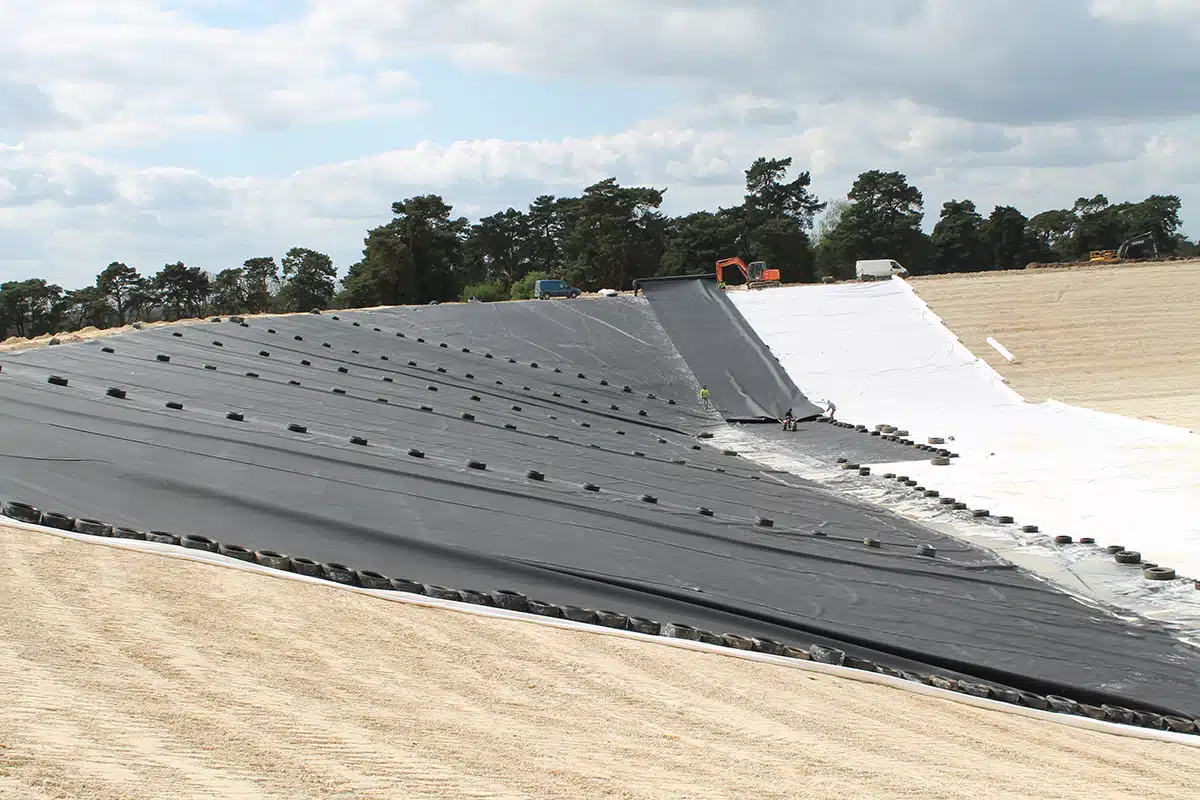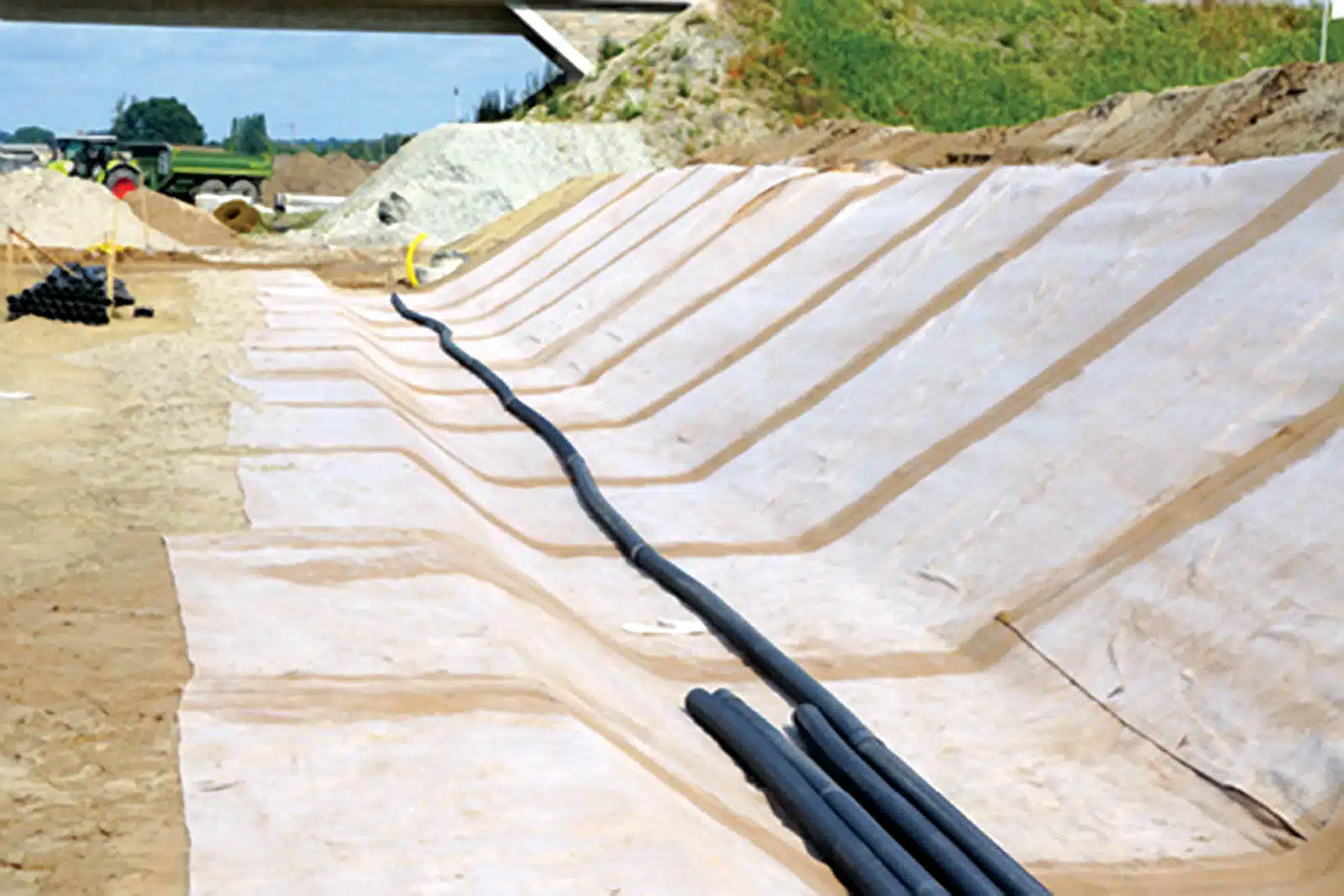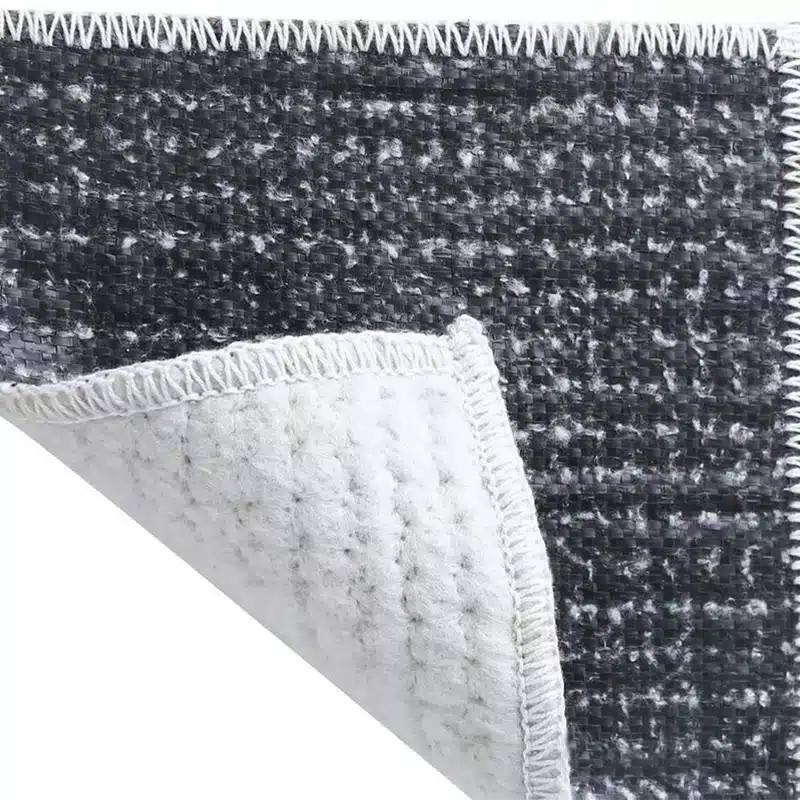Revolutionizing Construction: The Role of Geosynthetic Materials
In the realm of modern construction, the integration of innovative materials plays a pivotal role in enhancing the efficiency, durability, and environmental sustainability of infrastructure projects. Among these cutting-edge materials, geosynthetics have emerged as a game-changer, offering a plethora of benefits that cater to the diverse needs of construction projects. A notable example of such innovation is the use of two sheets of non-woven geotextile with a layer of sodium bentonite clay sandwiched between, a composite that exemplifies the ingenuity in geosynthetic applications. This combination not only provides the traditional benefits of geotextiles in terms of reinforcement and filtration but also utilizes the self-healing properties of bentonite to offer superior sealing capabilities. This article delves into the essence of geosynthetic construction surfaces, exploring their application, advantages, and specifically, their revolutionary impact on pavement technology. By unraveling the mysteries of geosynthetics, including advanced composites like the bentonite-geotextile hybrid, we aim to provide a deeper understanding of their significant contribution to contemporary construction practices.

What are geosynthetic materials used in construction?
Geosynthetic materials, which are synthetic products used to stabilize terrain, constitute a family of polymeric products commonly employed to address civil engineering challenges. This diverse group includes geotextiles, geomembranes, geogrids, geonets, geofoam, geosynthetic clay liners, and geocomposites. In the realm of construction, geosynthetics fulfill a variety of functions such as reinforcement, filtration, drainage, separation, barrier functions, and protection, thereby offering solutions to complex engineering problems. Their extensive application in projects such as road construction, railways, embankments, landfills, drainage systems, and erosion control illustrates their critical role in modern infrastructure development. The unique ability of these materials to adapt to various engineering demands, coupled with their terrain-stabilizing properties, underscores their indispensable value in contemporary construction practices.
What is geosynthetic pavement?
Geosynthetic pavement, which incorporates the multifaceted functions of separation, filtration, reinforcement, stiffening, drainage, barrier, and protection, refers to the application of geosynthetic materials within or beneath pavement layers to bolster their performance and longevity. The integration of geosynthetics, including geogrids and geotextiles, into the pavement structure allows engineers to enhance the distribution of loads, mitigate rutting, and fortify the resistance to deformations. This strategic use of geosynthetics in pavement is a proactive solution aimed at prolonging the service life of roads and highways, especially in environments subjected to heavy traffic or adverse soil conditions. Such an innovative approach not only facilitates the optimization of construction expenses but also advances the sustainability of pavement infrastructures by significantly reducing the necessity for frequent repairs and maintenance, thereby embodying a holistic application of these engineering principles.

What are the advantages of geosynthetic material?
The use of geosynthetic materials in construction offers a myriad of advantages, not only in their ease of use but also in their cost-effectiveness. Firstly, geosynthetics enhance the strength and stability of the soil, reducing the risk of erosion and settlement. They also promote efficient water drainage, thereby preventing waterlogging and associated damage to structures. Additionally, geosynthetics contribute to the durability of construction projects, extending their service life and reducing maintenance requirements. The flexibility and ease of installation of these materials underscore their practicality, streamlining construction processes with solutions that are both economical and efficient. Environmental benefits further highlight their value, including the reduction in the use of natural resources and the promotion of sustainable construction practices. This combination of operational simplicity and financial efficiency underpins the widespread adoption and success of geosynthetic materials in the construction industry.
What are the advantages of geosynthetics in pavement?
Incorporating geosynthetics in pavement design brings significant benefits, including improving the strength and stiffness of the road structure. This enhancement in structural integrity results in improved load distribution, creating a more durable and resilient pavement capable of withstanding heavy traffic and harsh weather conditions. Additionally, geosynthetics prevent the intermixing of pavement layers, thereby preserving the integrity and functionality of each layer. Their use also reduces the thickness of pavement layers required, leading to material savings and a decrease in both construction time and costs. The overall enhanced performance and extended longevity of geosynthetic pavements significantly contribute to a reduction in repair and maintenance needs, positioning them as a cost-effective and environmentally friendly option for road construction.
Geosynthetic construction surfaces represent a pivotal innovation in the field of civil engineering, offering a robust solution to the challenges faced by traditional construction practices. Through the strategic application of geosynthetic materials in projects such as pavement construction, the industry can achieve superior durability, efficiency, and environmental sustainability. The myriad advantages of geosynthetics, ranging from improved structural integrity to cost savings, underscore their indispensable role in paving the way for the future of construction. As we continue to explore the potential of these versatile materials, geosynthetics stand poised to redefine the landscape of construction technology, promising a more resilient and sustainable infrastructure for generations to come.



Comments
Post a Comment